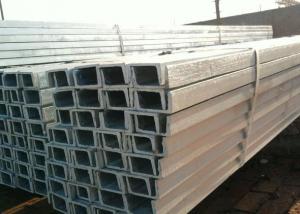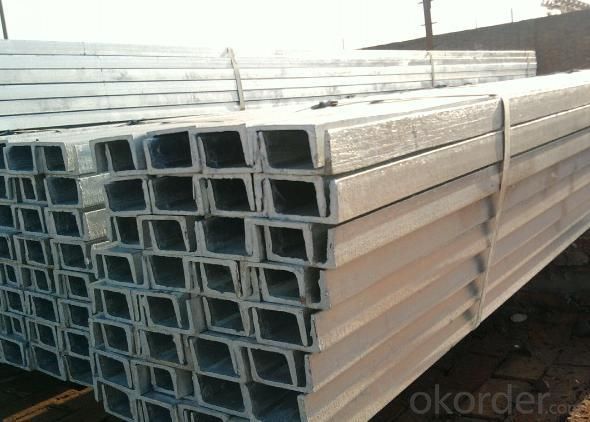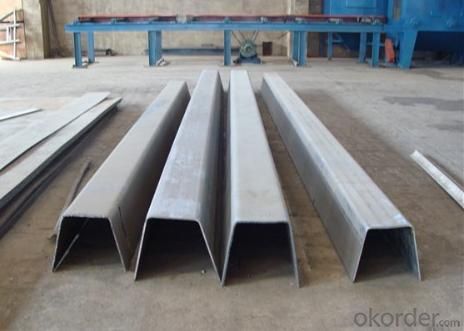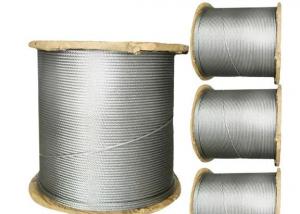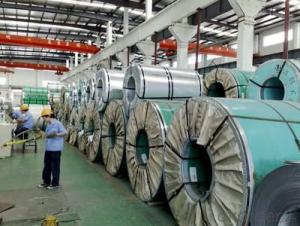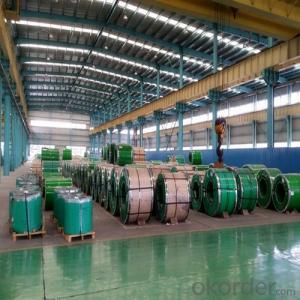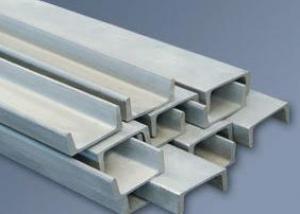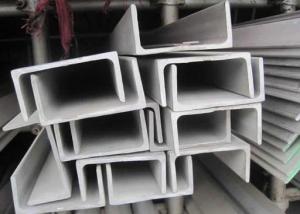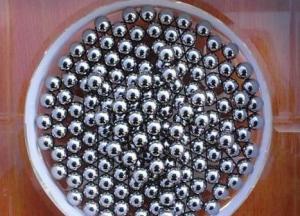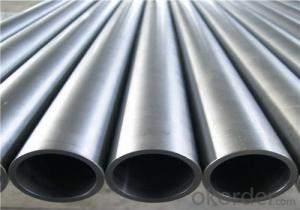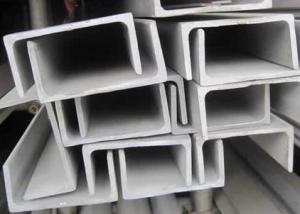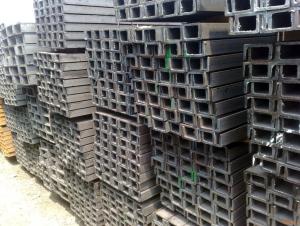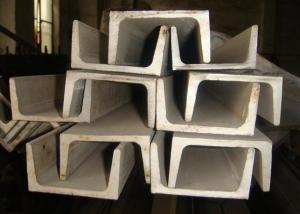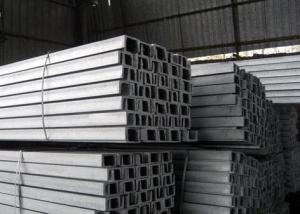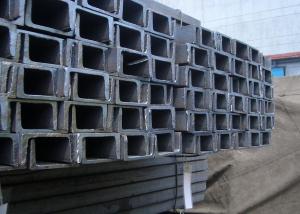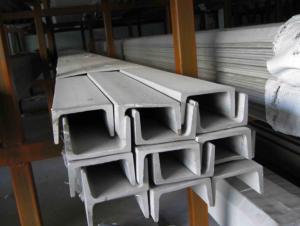316L Stainless Steel Channels-SUM,316L
- Loading Port:
- China Main Port
- Payment Terms:
- TT or LC
- Min Order Qty:
- 5 Tons m.t.
- Supply Capability:
- 1000 Tons Per Month m.t./month
OKorder Service Pledge
OKorder Financial Service
You Might Also Like
Stainless Steel Channel
1.Size: 3mm to 24mm Thickness
2.Material:SUS201,202,301,304,304L,316,316L ,321 etc.
3.Length: 4m to 6m,or according to the customer's requirement
4.Standard: AISI,JIS,GB,DIN
5.Finish: Cold Drawn ,hot rolled & Polishing
6.Testing: Each heat number and batch must be tested for both chemical and mechanical properties
7.Application: Produce screw and nut, engine parts, indoor and outdoor decorating,etc.
|
Size (mm) |
Thickness (mm) | ||||||||
|
H×B |
3 |
4 |
5 |
6 |
7 |
8 |
9 |
10 |
12 |
|
Mass (Kg/m) | |||||||||
|
40×20 |
1.79 |
|
|
|
|
|
|
|
|
|
50×25 |
2.27 |
|
|
|
|
|
|
|
|
|
60×30 |
2.74 |
3.56 |
4.37 |
5.12 |
|
|
|
|
|
|
70×35 |
3.23 |
4.21 |
5.17 |
6.08 |
|
|
|
|
|
|
80×40 |
3.71 |
4.84 |
5.96 |
7.03 |
|
|
|
|
|
|
90×45 |
4.25 |
5.55 |
6.83 |
8.05 |
|
|
|
|
|
|
100×50 |
4.73 |
6.18 |
7.62 |
8.98 |
10.3 |
11.7 |
13 |
41.2 |
|
|
120×60 |
|
|
9.2 |
10.9 |
12.6 |
14.2 |
|
|
|
|
130×65 |
|
|
10.1 |
11.9 |
13.8 |
15.5 |
17.3 |
19.1 |
|
|
140×70 |
|
|
|
12.9 |
14.9 |
16.8 |
18.8 |
20.7 |
|
|
150×75 |
|
|
|
13.9 |
16 |
18.1 |
20.2 |
22.2 |
26.3 |
|
160×80 |
|
|
|
14.8 |
17.1 |
19.3 |
21.6 |
23.8 |
28.1 |
|
180×90 |
|
|
|
16.7 |
19.4 |
22 |
24.5 |
27 |
32 |
|
200×100 |
|
|
|
18.6 |
21.6 |
24.5 |
27.4 |
30.2 |
35.8 |
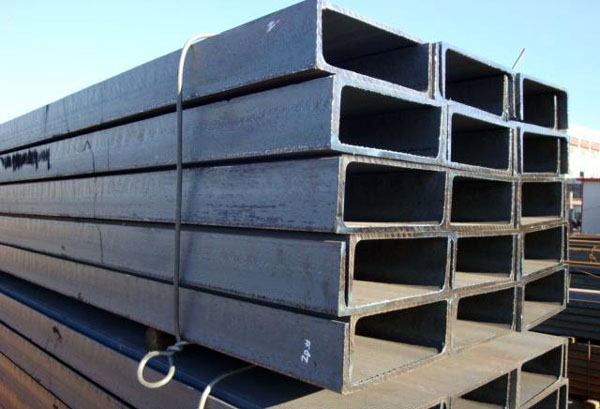
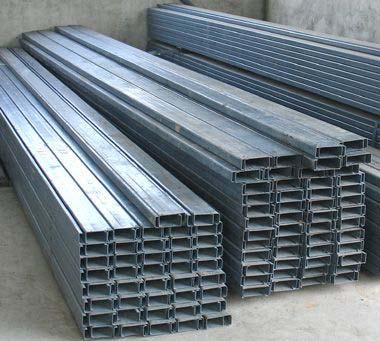
- Q: What are the potential downsides or limitations of using stainless steel channels?
- There are a few potential downsides or limitations to using stainless steel channels. Firstly, stainless steel channels can be relatively expensive compared to other materials, which may make them less cost-effective for some projects. Additionally, stainless steel channels can be susceptible to corrosion in certain environments, especially if exposed to harsh chemicals or saltwater. They may also be more difficult to shape or modify compared to other materials, requiring specialized tools and expertise. Lastly, stainless steel channels can be quite heavy, which may pose challenges for installation or transportation, particularly in large quantities.
- Q: What are the different reinforcement methods for stainless steel channels?
- There are several different reinforcement methods for stainless steel channels, including welding, bolting, and adhesive bonding. These methods help to enhance the structural integrity and strength of the channels, making them suitable for various applications in construction and other industries.
- Q: Can stainless steel channels be used in cleanroom or sterile environments?
- Stainless steel channels are indeed applicable for cleanroom or sterile environments. Given its remarkable durability and corrosion resistance, stainless steel proves to be an ideal choice in settings that demand utmost cleanliness and sterility. It possesses a non-porous nature, preventing the accumulation of bacteria or other microorganisms, thereby simplifying the cleaning process and ensuring adherence to cleanliness standards. Moreover, stainless steel channels can endure frequent disinfection and sterilization procedures without sustaining any harm or corrosion. Consequently, these channels find widespread use in cleanrooms, laboratories, hospitals, and similar sterile environments, serving to provide structural support and uphold the desired level of cleanliness.
- Q: What are the different load distribution mechanisms for stainless steel channels?
- The different load distribution mechanisms for stainless steel channels include uniform load distribution, concentrated load distribution, and combination load distribution. Uniform load distribution spreads the load evenly across the entire length of the channel. Concentrated load distribution focuses the load on specific points or sections of the channel. Combination load distribution involves a combination of both uniform and concentrated load distribution, depending on the specific design and application requirements.
- Q: Can stainless steel channels be used for supporting heavy-duty storage racks?
- Yes, stainless steel channels can be used for supporting heavy-duty storage racks. Stainless steel has excellent strength and durability, making it suitable for handling heavy loads. Additionally, stainless steel is resistant to corrosion and rust, making it ideal for storage applications where moisture or chemicals may be present.
- Q: Are stainless steel channels suitable for industrial applications?
- Industrial applications can utilize stainless steel channels as they possess the necessary qualities for these settings. Stainless steel is renowned for its durability, strength, and resistance to corrosion, making it an ideal material for various industrial purposes. Industries such as construction, manufacturing, and transportation commonly employ stainless steel channels. Within the construction industry, stainless steel channels find frequent use for structural support in buildings and bridges. These channels are resistant to corrosion, ensuring their ability to withstand harsh environmental conditions, including moisture, chemicals, and extreme temperatures. In the manufacturing sector, stainless steel channels are employed to create robust and dependable machinery and equipment. They can be utilized for material conveyance, support of heavy loads, or the formation of structural components. The strength of stainless steel channels allows them to endure rigorous industrial processes, ensuring their longevity and reliable performance. Moreover, stainless steel channels are well-suited for industrial applications in the transportation sector. They are commonly used in the construction of vehicles such as trucks, trains, and ships. Stainless steel's resistance to corrosion and its high strength-to-weight ratio make it an excellent choice for components that need to withstand the demanding conditions of transportation. In conclusion, stainless steel channels are an excellent choice for industrial applications due to their durability, resistance to corrosion, and strength. They provide reliable support and structural integrity across various industries, making them a preferred option for industrial projects.
- Q: What's the difference between 304 and 403 stainless steel?.
- The main differences are as follows: 304 austenitic stainless steel, is one of the most commonly used stainless steel, GB brand 06Cr19Ni10, and 403It belongs to martensitic stainless steel, and its national standard is 1Cr12.
- Q: What are the load distribution properties of stainless steel channels?
- Stainless steel channels have excellent load distribution properties due to their structural integrity, high strength, and ability to evenly distribute weight and forces. The channel shape allows for efficient load distribution, making it suitable for a wide range of applications requiring support or reinforcement.
- Q: How do you specify stainless steel channels for a project?
- To specify stainless steel channels for a project, one needs to consider the dimensions, grade, and finish required. This involves specifying the channel's shape (such as C, U, or J), size (height, width, and thickness), and length. Additionally, the grade of stainless steel must be determined, such as 304 or 316, based on the project's specific needs for corrosion resistance and strength. Lastly, the desired finish, such as brushed or polished, should be specified to achieve the desired aesthetic and functional requirements of the project.
- Q: What is the fire resistance rating of stainless steel channels?
- The fire resistance rating of stainless steel channels can vary depending on factors such as the thickness and composition of the steel, as well as the specific fire testing standards being followed. However, stainless steel is generally known to have good fire resistance properties due to its high melting point and low thermal conductivity.
1. Manufacturer Overview
| Location | Jiangsu, China |
| Year Established | 2010 |
| Annual Output Value | above US$8 million |
| Main Markets | East Asia, Middle East, West Europe |
| Company Certifications |
2. Manufacturer Certificates
| a) Certification Name | |
| Range | |
| Reference | |
| Validity Period |
3. Manufacturer Capability
| a) Trade Capacity | |
| Nearest Port | Shanghai |
| Export Percentage | |
| No.of Employees in Trade Department | above 50 people |
| Language Spoken: | English, Chinese, Arabic |
| b) Factory Information | |
| Factory Size: | about 15000 square meter |
| No. of Production Lines | above 4 |
| Contract Manufacturing | OEM Service Offered,Design Service Offered |
| Product Price Range | Average |
Send your message to us
316L Stainless Steel Channels-SUM,316L
- Loading Port:
- China Main Port
- Payment Terms:
- TT or LC
- Min Order Qty:
- 5 Tons m.t.
- Supply Capability:
- 1000 Tons Per Month m.t./month
OKorder Service Pledge
OKorder Financial Service
Similar products
Hot products
Hot Searches
Related keywords
